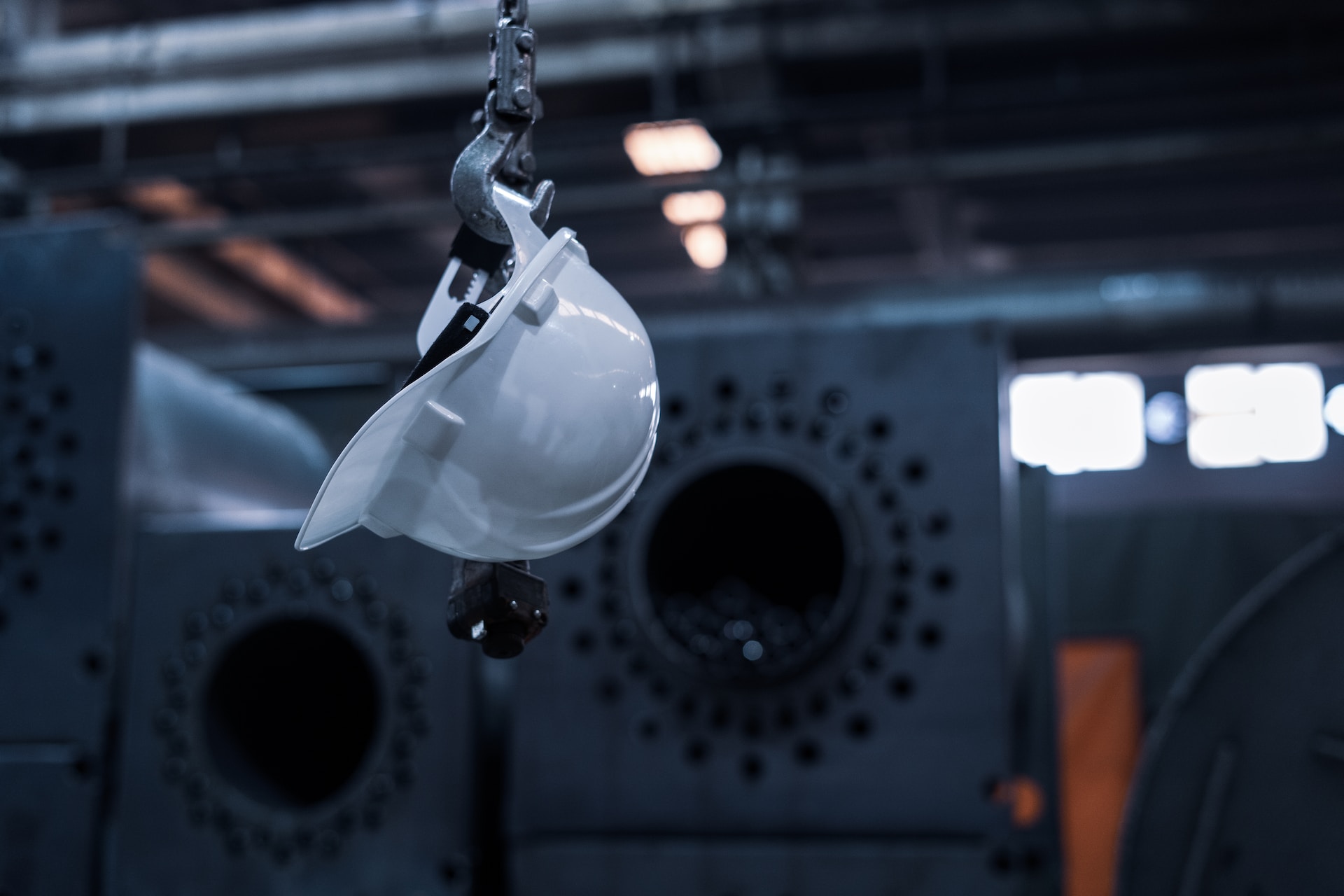
Question: Safety Standards in Industrial Electricity
Answer: Safety standards in industrial electricity include regular inspections, adherence to codes like the NEC, use of protective equipment, and proper training and procedures.
Safety Standards in Industrial Electricity – The Importance of Safety Standards
In industrial electricity, safety is paramount. Adhering to stringent safety standards is not just a legal requirement but a moral imperative to protect workers and prevent accidents in industrial settings.
Click here for more information on commercial electrical companies
Related Article: Energy Efficiency in Industrial Electric Systems
Related Article: Types of Industrial Electrical Systems
The Role of Safety Standards in Industrial Settings
Safety standards in industrial electricity are designed to minimize the risk of accidents, including electrical shocks, fires, and equipment malfunctions, ensuring a safe working environment for all. [ 1 ]
Understanding Safety Standards for Industrial Electricity
Before delving into specific safety measures, it’s essential to understand what safety standards entail in the context of industrial electricity.
Definition and Purpose of Safety Standards
Safety standards are a set of guidelines and regulations established to ensure safe installation, maintenance, and operation of electrical systems in industrial environments.
Regulatory Bodies and Compliance
These standards are typically set by national and international regulatory bodies, and compliance is mandatory for all industrial operations.
Common Risks in Industrial Electricity
To implement effective safety measures, one must first be aware of the common risks associated with industrial electrical systems.
Electrical Shock and Arc Flash Hazards
These are among the most significant risks in industrial settings, caused by direct contact with live components or the sudden discharge of electricity through the air.
Overloads and Short Circuits
Improperly managed electrical systems can lead to overloads and short circuits, potentially causing equipment damage and fires.
Key Safety Measures in Industrial Electricity
Adopting comprehensive safety measures is crucial for mitigating risks in industrial electricity.
Regular Maintenance and Inspections
Routine maintenance and thorough inspections of electrical equipment are essential to identify and address potential hazards before they lead to accidents.
Use of Personal Protective Equipment (PPE)
PPE, including gloves, safety glasses, and arc flash protective gear, is vital for workers dealing with electrical systems to protect against shocks and burns.
Training and Education for Safety
Ongoing training and education are critical components of ensuring safety in industrial electrical environments.
Importance of Skilled Personnel
Having skilled and trained personnel who understand the complexities of industrial electrical systems and the associated risks is essential for maintaining a safe workplace.
Continuous Training Programs
Regular training programs, including safety drills and educational workshops, keep the workforce updated on best practices and new safety protocols.
Technological Innovations Enhancing Safety
Technological advancements have significantly contributed to improving safety standards in industrial electricity.
Automation and Remote Monitoring
Automation and remote monitoring technologies reduce the need for direct human interaction with hazardous electrical components, thereby enhancing safety.
Advanced Safety Equipment
The development of advanced safety equipment, including circuit breakers and ground fault circuit interrupters (GFCIs), provides additional layers of protection against electrical hazards.
Conclusion: The Ongoing Commitment to Safety
In the industrial electrical sector, commitment to safety is an ongoing process, crucial for protecting workers and ensuring the smooth operation of industrial activities.
The Evolving Nature of Safety Standards
Safety standards in industrial electricity are continually evolving to keep pace with technological advancements and changing industrial practices.
The Collective Responsibility for Safety
Maintaining a safe industrial electrical environment is a collective responsibility, requiring the commitment of employers, employees, and regulatory bodies.
For more information please visit the Amp-Tech Electricians homepage
Safety standards in industrial electricity are crucial for preventing accidents and ensuring a safe working environment. Understanding the risks, implementing key safety measures, providing continuous training, and embracing technological innovations are fundamental aspects of maintaining safety in industrial settings. As technology and industrial practices evolve, so must the approach to safety, requiring a consistent and collective effort from all stakeholders involved.
References
1. https://www.ihsa.ca/PDFs/Products/Id/RB-ELEC.pdf